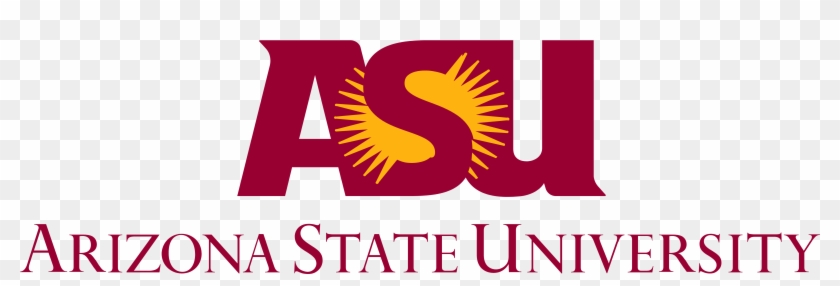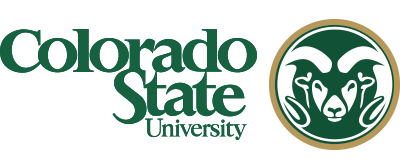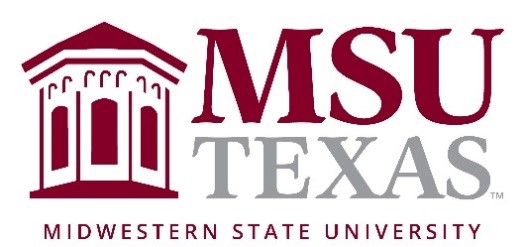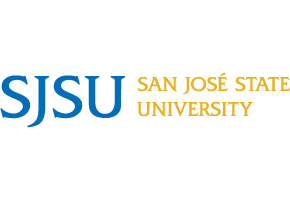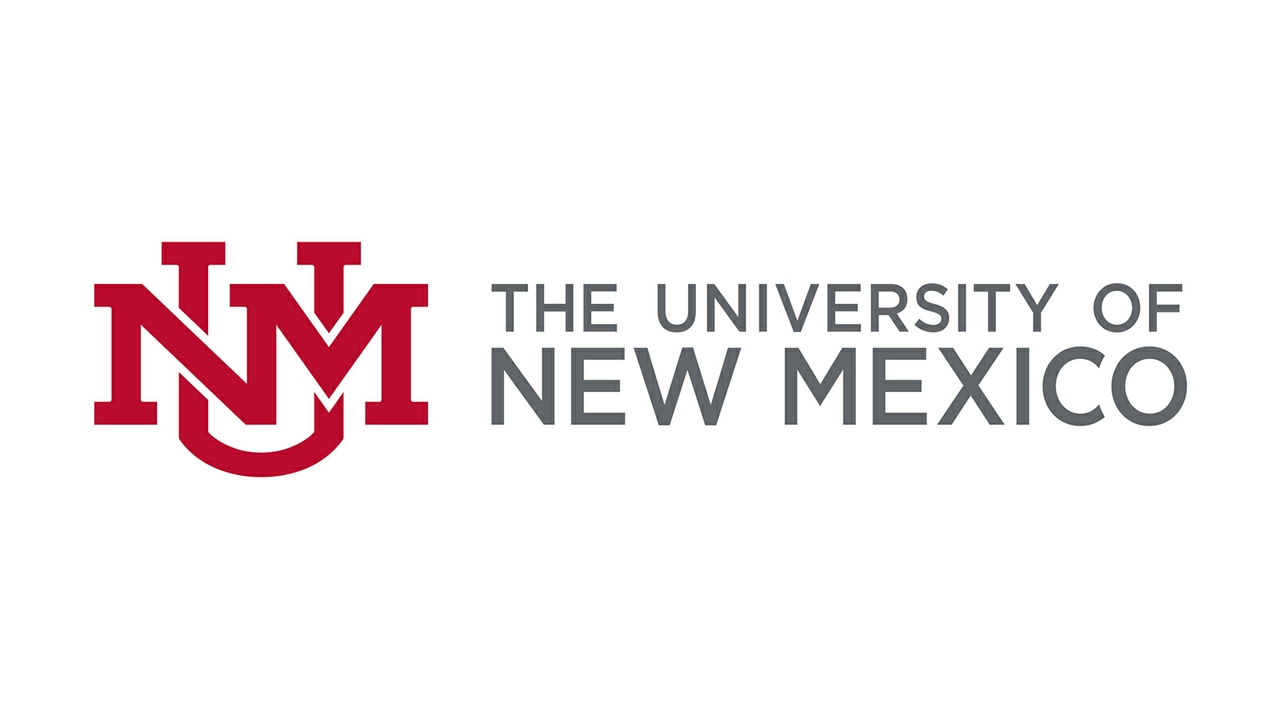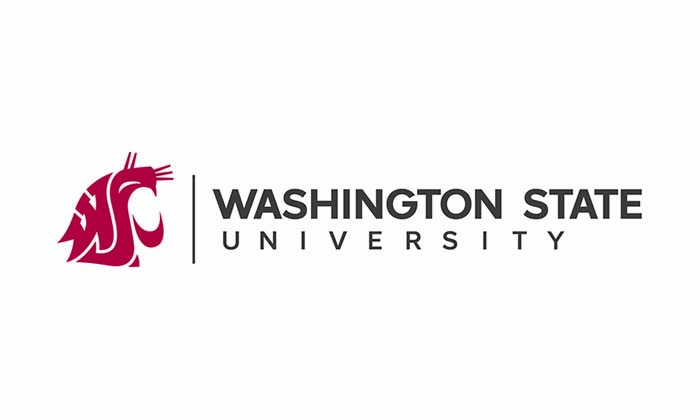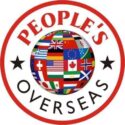USA
The United States of America (USA), commonly known as the United States (U.S. or US) or simply America, is a country comprising 50 states, a federal district, major self-governing territories, and various possessions. At 3.8 million square miles (9.8 million km2), it is the world’s third or fourth largest country by total area and is slightly smaller than the entire continent of Europe. Most of the country is located in central North America between Canada and Mexico. With an estimated population of over 327 million people, the U.S. is the third most populous country. The capital is Washington, D.C., and the most populous city is New York City. The United States is a federal republic and a representative democracy. It is a founding member of the United Nations, World Bank, International Monetary Fund, Organization of American States (OAS), NATO, and other international organizations. It is a permanent member of the United Nations Security Council.
A highly developed country, the United States is the world’s largest economy by nominal GDP, the second-largest by purchasing power parity, and accounts for approximately a quarter of global GDP. The United States is the world’s largest importer and the second-largest exporter of goods, by value. Although its population is 4% of the world total, it holds 31% of the total wealth in the world, the largest share of global wealth concentrated in a single country
Academic excellence – American institutions are known to have high academic standards, follow rigorous practices to maintain quality and are well supported to be able to offer excellent education to its students. As per the QS World Ranking 33 of the top 100 universities are from the US. Similarly, Times Higher Education Ranking has also ranked seven of the American universities in its top 10 list of universities.
Cultural diversity – The US is a melting pot of different cultures, races and ethnicities. Its diverse environment ensures that there is acceptance among all communities and there is no room for any sort of discrimination. You’ll be learning with students from different regions of the world thereby making it a rich and stimulating education experience.
Plenty of Universities Choices – There are over 4,500 Universities offering Under Graduate and Post Graduate courses in a vast variety of subjects. The facilities provided by them with sagacious and pragmatic learning, offering an analytical way of perception, is a major reason why they are ranked among the best Universities in the world.
Scholarships – Statistics reveals that about 15% of the undergraduate students studying in Universities in the US, report them as their primary source of funding. Scholarships are available based on extra curriculum, academics, grades, gender, country origin, financial needs etc.
Variety of courses – The Universities offer Under Graduate and Post Graduate courses to choose from stereotyped courses to creative and even weird ones like wine tasting, maple syrup, golf course management, furniture making etc. This gives students to learn more in their field of interest and even get graduated with the same.
Strengthen & International Touch to your Profile – Getting a Post Graduate or Under Graduate degrees from Universities in the US add stars to your CV, impressing interviewers thereby making you a desirable and deserving candidate for various jobs.
Public Universities – Public Universities are State Funded Institutions. Not for profit and financially supported by Public Taxes. University offers Bachelor’s, Master’s and Doctorate courses. Usually large in Size. All levels of degrees with different fields of study are offered.
Private Universities – These Universities are Not State funded. Tuition fees are higher. Even all ranked Ivy Leagues are Private. The tuition fees are almost the same for Domestic as well as International students
The Ivy Leagues – Oldest & most famous in US. Located mainly in the North-eastern part of the US. Known for their Business School also have many graduate & professional schools. Tuition fees at these private schools are among the highest in the country. Admission is highly competitive.
Community Colleges – Two‐year community colleges usually offer the associate’s degree such as an Associate of Arts (AA) or Associate of Science (AS). Community colleges often have open admissions policies with low tuition fees. These institutions offer academic, technical and vocational degrees. Provide Certificates, Diplomas & Associate Degrees.
Courses Categories
Arts and Design | Architecture and Construction |
Accounting, Finance and Economics | Agriculture and Forestry |
Business and Management | Commerce |
Computer and IT | Education |
Engineering | English Language and Linguistics |
Environmental Science | Events |
Fishery | Health & Humanities |
Hospitality & Tourism | Journalism and Mass Communication |
Law | Life Sciences |
Mathematics & Statistics | Pharmacy |
Physical Science | Security Services |
Social and Behaviour Science | Sports |
Transport Services | Veterinary |
Courses & Duration
COURSES | DURATION |
Doctoral / Ph.D. | 3-5 YEARS |
Masters | 2 YEARS |
Associate Degree | 2 YEARS |
Bachelors | 4 YEARS |
ACADEMIC REQUIREMENTS | 65% and above |
IELTS | 6.5 Overall |
TOEFL | 80 Overall |
PTE | 60 Overall |
GRE | 300+ (Applicable for some of the University) |
GMAT | 500+ (Applicable for some of the University) |
Intakes
Fall Intake – September Spring Intake – January
Cost
Estimated cost to be incurred by a student for a year of study in USA. US $1 = Rs.75/-
SR NO | DETAILS | US $ | AMT IN RS. |
1 | Tuition Fees (may varies as per course) | 20250 | 15,18,750 |
2 | Accommodation & Living Cost | 10100 | 7,57,500 |
3 | Air Fare | 1000 | 75,000 |
4 | Visa Fees | _ | _ |
Total Expense to Study | 31350 | 23,51,250 | |
5 | Less Earnings through Part time Jobs | 10500 | 7,87,500 |
Total Expense for USA | 15,63,750 | ||
Types of Employment available to students after studies.
Curriculum Practical Training (CPT): Provides opportunity to gain actual employment experience defined as “alternate work/study, internship, cooperative education, or any other type of required internship or practicum which is offered by sponsoring employers through cooperative agreements with the school.” To be eligible for CPT, student must have completed 9 months in lawful status and currently be in F‐1 status. CPT can be full time (>20 hours week) or part time (20 hours or less per week).
Optional Practical Training (OPT): Available to students who are lawfully enrolled on a full – time basis & have completed at least 1 full academic year. Eligible student may request OPT in order to be employed in a position related to the major area of study.12/36 months of OPT available after each degree level completion
USA Universities & Colleges
